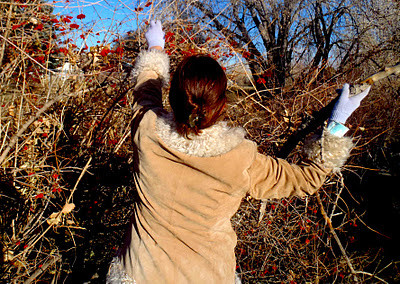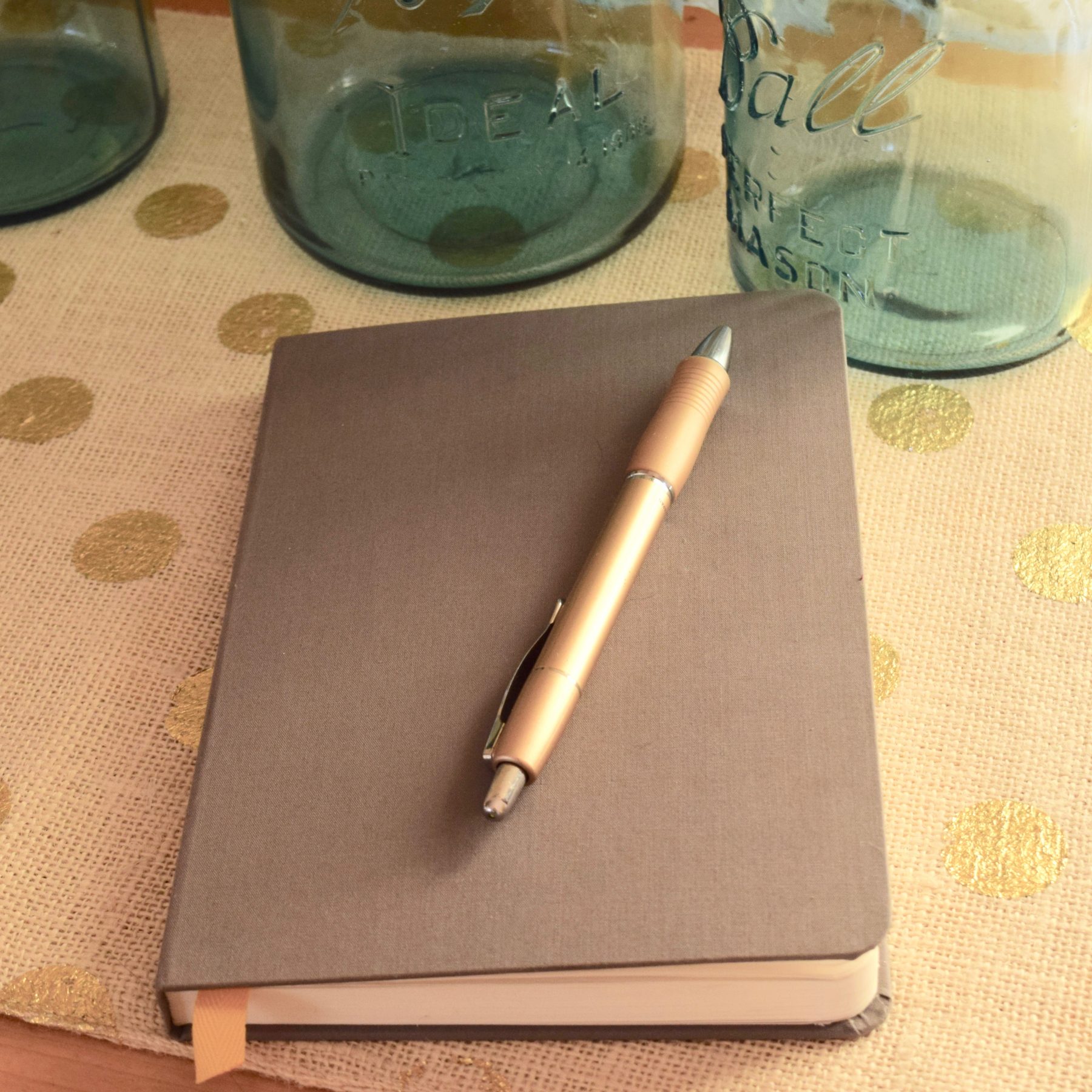To kick my first month off right, I’ve asked some of my favorite bloggers to share their secrets for being a foodie on a budget. Here, Wendy Petty of Hunger and Thirst offers advice for getting gourmet produce to your table—for free.
So, you want to eat local, organic, super-nutritious foods? If you learn to forage for part of your weekly groceries, you might not need to look any further than your own backyard to find deeply local, high-quality produce. Once you start looking, you may discover that you’ve got enough salad greens for a meal in your yard, could preserve several quarts of applesauce with the fruit from a neighbor’s tree, or even delight in gourmet treats like asparagus and morel mushrooms which are growing in a ditch. Getting started is easier than you might think. Use these five tips to help incorporate foraging into your everyday life.
1. Safety First. The first rule of eating wild foods is that if you can’t identify a food with 100% certainty, don’t eat it. If you end up not being to identify a foraged food, simply count it as a learning experience. The best way to make a positive ID on a plant is to consult an experienced forager. But you can also use guidebooks and websites. If a plant is new to you, try to cross-reference it in at least three sources before eating it. But by the same token, don’t let fear keep you from foraging. Make informed decisions, and have fun.
2. Use the correct equipment. Another aspect of safety when it comes to foraging is using the right equipment. For the most part, all you will need to forage are some bags, an inexpensive pair of scissors, and your favorite local guide book. But don’t overlook the importance of dressing appropriately for your environment. Wear good shoes and pants if you are in rattlesnake or poison ivy country. Use a hat or sunblock if needed. Don’t forget to take along plenty of water and a snack.
3. Keep it close to home. The very best place to start foraging, so long as you don’t use chemical pesticides and fertilizers, is your own backyard. You might be surprised how many of the “weeds” you are pulling from your garden can be eaten. Purslane, pigweed, and dandelion are all wonderful foods. Now, what else can be eaten in your yard? Do you have a fruit tree or berry vines in a corner? Did you know that the fresh young tips of most conifers can be eaten?
After you’ve discovered what can be utilized from your yard, start looking for food in safe areas near your home. Look to neighbors’ yards, surrounding parks, ditches, fields, and vacant lots. After you have established whether or not an area has been sprayed (ask the landowner), start taking advantage of the foods in your area. Don’t worry about collecting exotic plants, concentrate on the plants which are unique to your area, especially what is abundant.
Wherever you forage, be certain that you know the laws in your area, always forage with permission, don’t overharvest, and never make a place less beautiful.
4. Don’t get overwhelmed! Instead of trying to gain an encyclopedic knowledge of plants, focus on learning just one plant per month. Get to know it well, how to identify it in all stages of growth. It is far better to be able to identify a small number of wild foods than it is to have vague knowledge about a great number of plants.
5. Use foraged foods in your favorite recipes. Wild foods are more family-friendly when you use them in well-loved and familiar recipes. When considering how to use your new ingredients, first try to find a similar conventional ingredient, and then substitute part or all of that ingredient into a recipe. Do you have wild leafy greens? Use them in place of spinach in your lasagna or enchilada recipes. Not sure how to handle wild plums? Bake them into your mom’s best peach crisp or cake.
With these simple tips, wild foods can quickly and comfortably earn a regular place in your refrigerator. Next time you are outside enjoying the fresh air and sunshine, have a good look at your surroundings. You might be surprised to find dinner right at your feet.
image courtesy Wendy Petty
Wendy, a.k.a. Butter, is author of the blog HungerandThirst, which chronicles her adventures foraging, and the delicious recipes she creates with found foods. She also writes for Zester Daily, and works as a photographer and wild foods consultant.
This post was originally scheduled to run in a couple of weeks, but Wendy needs our help right now. She has been offered the chance of a lifetime to forward her writing career with a renowned writing coach at a conference in Santa Fe, New Mexico. The program has offered her a scholarship to pay for a little more than half, but we need to help Wendy come up with the rest.
If you can donate even a dollar, you will be helping us reach our goal of sending our dear friend—and our teacher—to take the next step in her career journey. If you enjoyed this post, please donate. Let me know if you do, and as a thank you, I will send you a copy of my e-book for free, absolutely no strings attached!





I love Wendy – and am thrilled that the money plus some was raised for her to go to the conference! I loved this post (and contributed just a bit to her fund) and would love your ebook.
Thanks for loving my Butter!